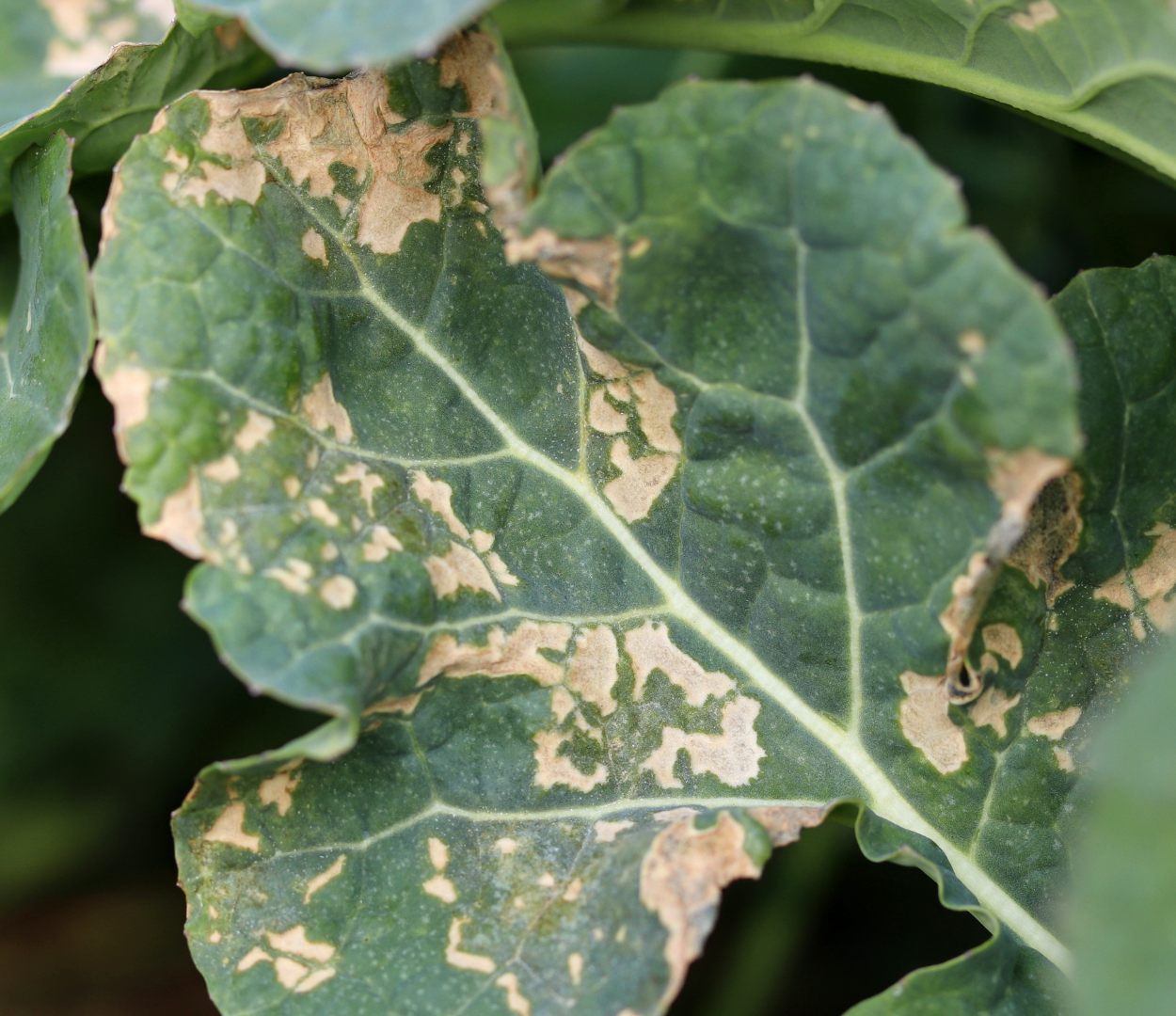Moon Valley Nurseries
Manganese deficiency is a common problem faced by trees, which can have severe implications for their overall health and vitality. One prominent nursery known for its expertise in tree care and maintenance, Moon Valley Nurseries, sheds light on this issue and offers valuable insight into identifying the symptoms of manganese deficiency and how to effectively address it.
Manganese is an essential micronutrient required by trees for their proper growth and development. It plays a crucial role in various metabolic processes, including photosynthesis, enzyme activation, and the synthesis of chlorophyll. However, when trees lack sufficient manganese levels, they exhibit distinct symptoms that should not be ignored.
One of the primary indicators of manganese deficiency is a discoloration in the leaves. Typically, affected leaves exhibit interveinal chlorosis, which is characterized by yellowing between the veins, while the veins themselves remain green. This discoloration can progress to a bronze or reddish hue, further signaling the tree's ailing health.

Another noticeable symptom is the stunted growth of the tree. Manganese deficiency inhibits proper root development and nutrient uptake, leading to reduced vigor and impaired growth. Therefore, if you observe minimal growth or deformed leaves in a tree, it might be an indication of manganese deficiency.
To address this issue, we recommend a multi-faceted approach. Firstly, a thorough soil analysis should be conducted to determine the exact levels of manganese present. This analysis will allow for an accurate assessment of the deficiency and enable experts to devise an appropriate treatment plan.
One effective method of rectifying manganese deficiency is through foliar application of manganese-rich fertilizers. These fertilizers contain manganese sulfate or chelated manganese, which can be sprayed directly onto the leaves. The absorption rate of manganese through the leaves is significantly higher than that of the roots, making this method particularly effective in correcting deficiencies quickly.
Additionally, optimizing the soil pH levels can enhance the availability of manganese to the tree. Manganese is most readily accessible to trees within a pH range of 5.0 to 6.5. Soil amendments, such as sulfur or lime, can be applied to adjust the pH and improve nutrient uptake. Moon Valley’s homemade soil conditioner is a great product made specifically for this.
Lastly, proper irrigation techniques and adequate drainage are crucial in managing manganese deficiency. Excessive moisture or waterlogged conditions can impede the tree's ability to take up nutrients, including manganese. Therefore, ensuring well-draining soil and appropriate watering practices will contribute to resolving the deficiency.
Moon Valley Nurseries highlights the significance of recognizing and addressing manganese deficiency in trees. By being attentive to the visible symptoms and implementing suitable remedial measures, tree enthusiasts can ensure the continued health and longevity of their beloved foliage. Remember, healthy trees not only enhance the aesthetic appeal of our surroundings but also contribute to a sustainable and ecologically balanced environment.
Submit a Comment